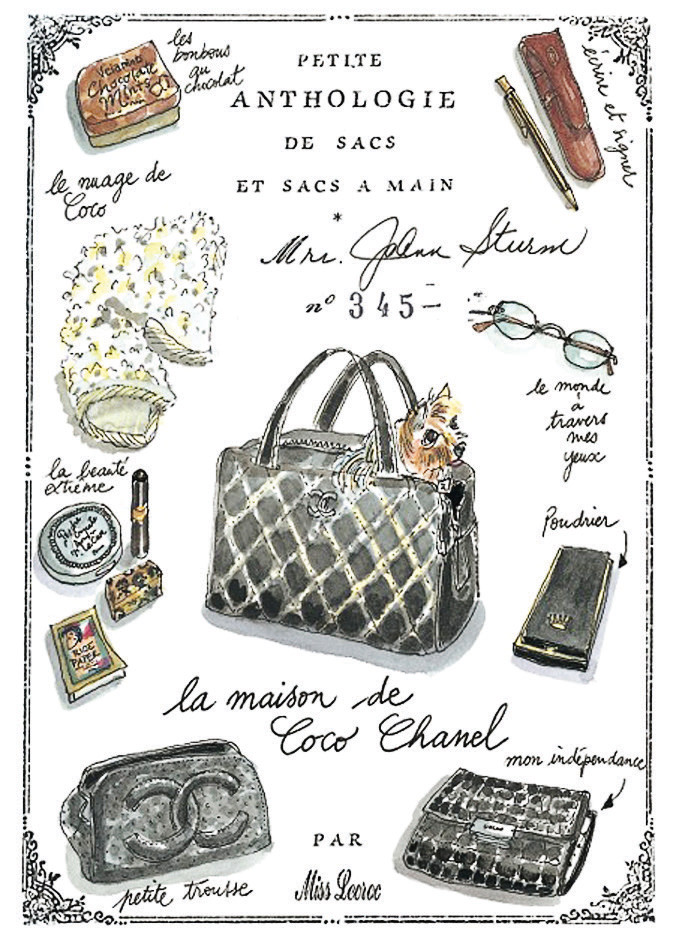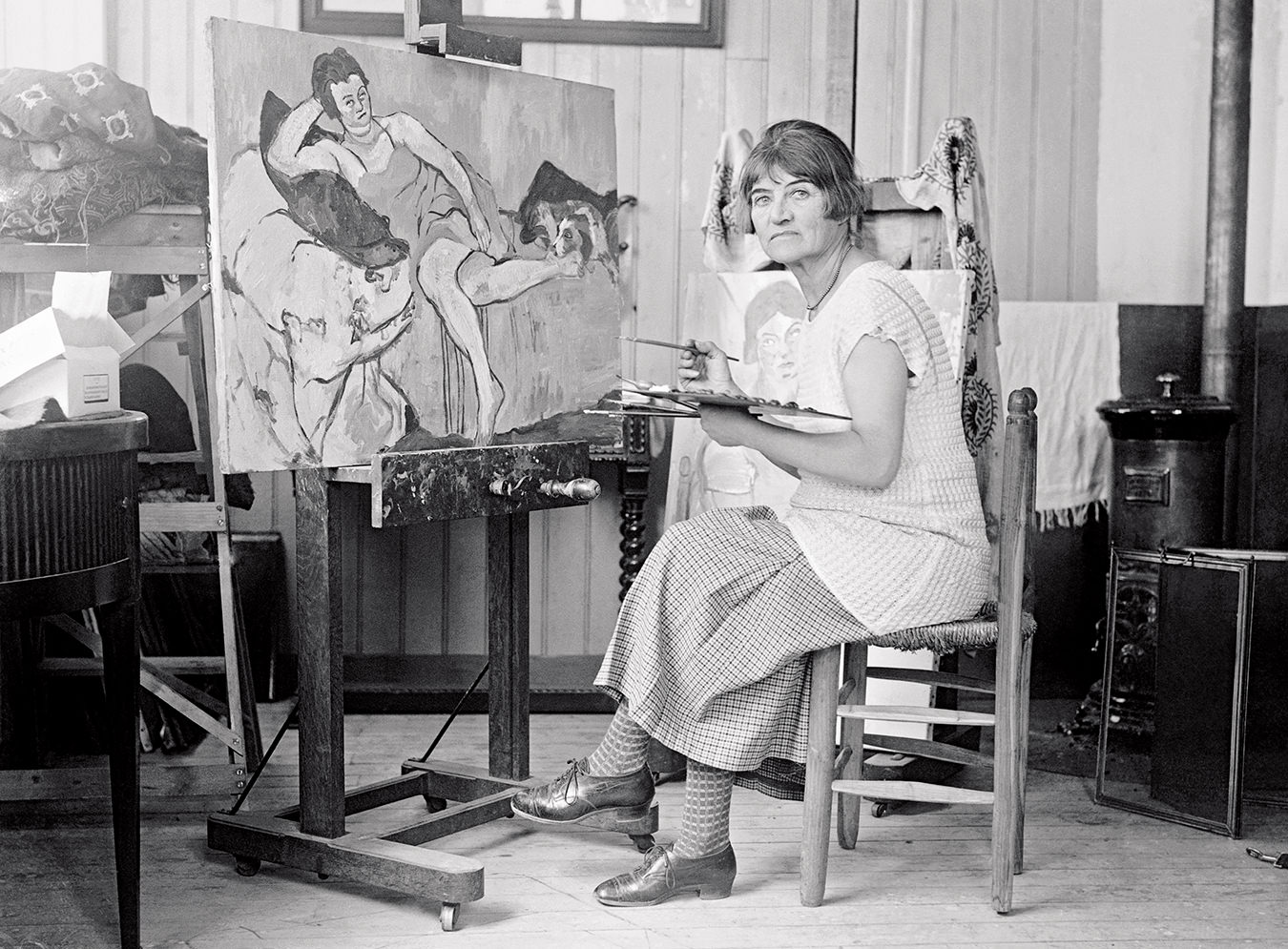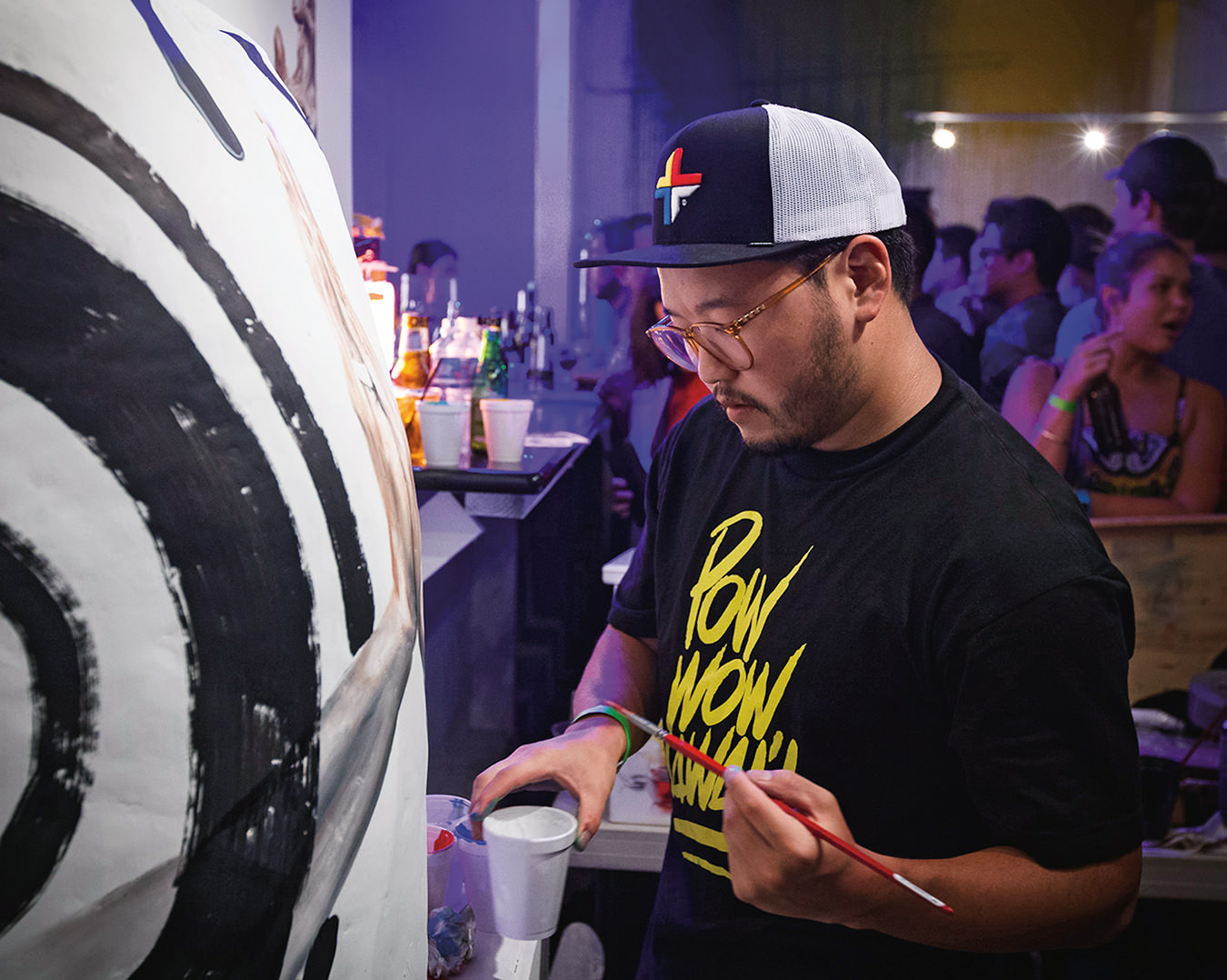-
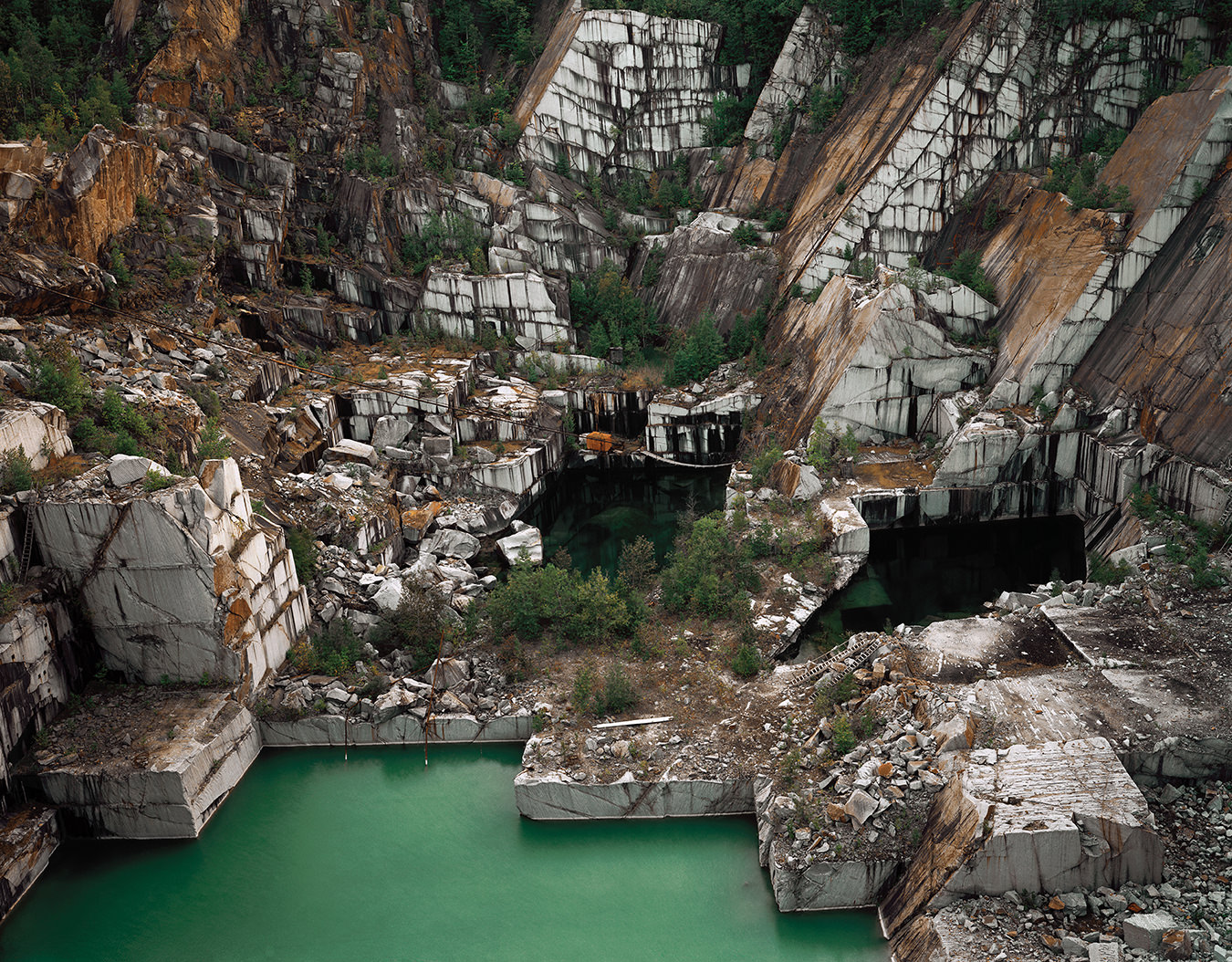
Rock of Ages #25, Abandoned Section, Adam-Piri Quarry, Barre, Vermont, 1991.
-
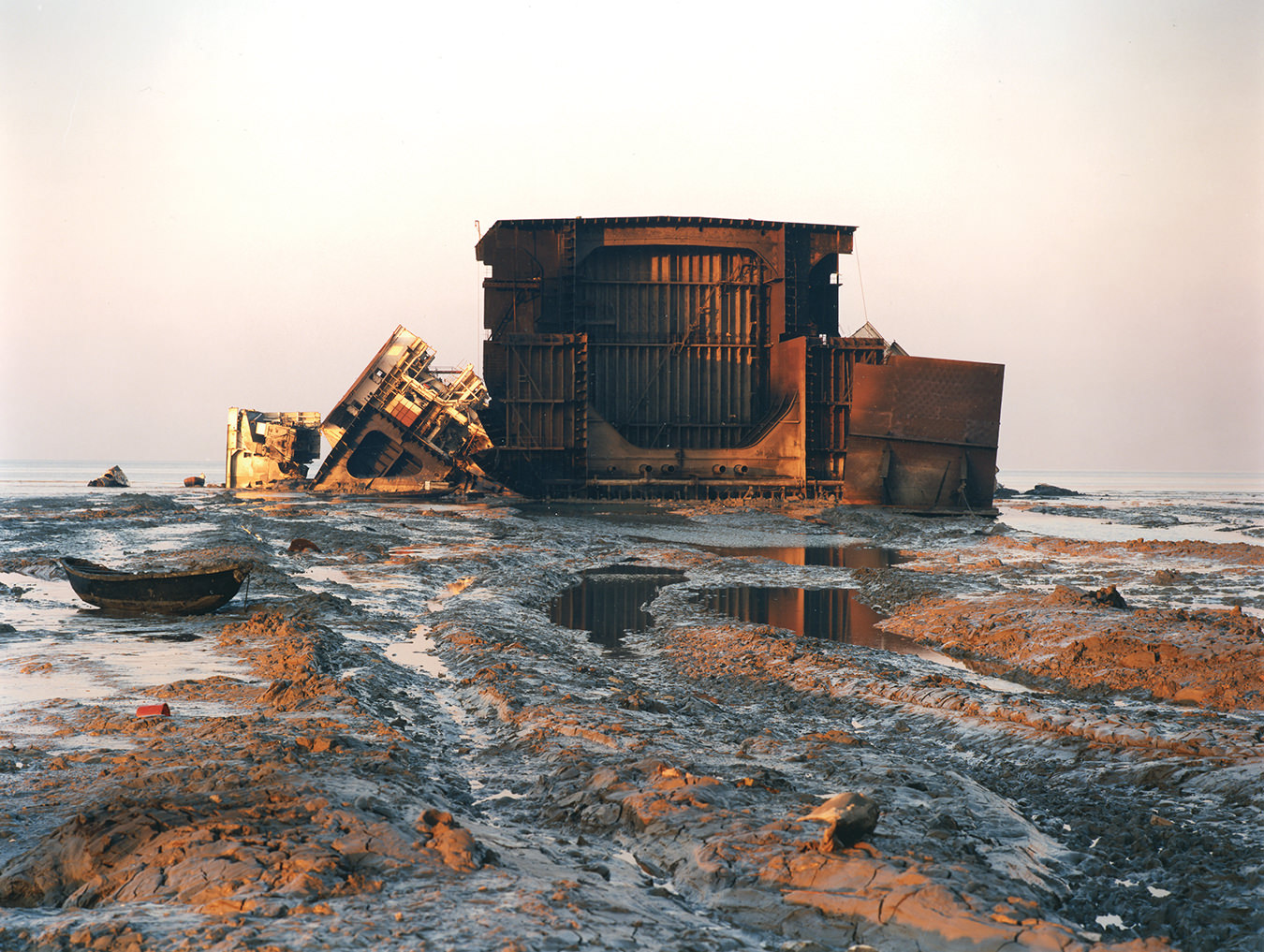
Shipbreaking #1, Chittagong, Bangladesh, 2000.
-
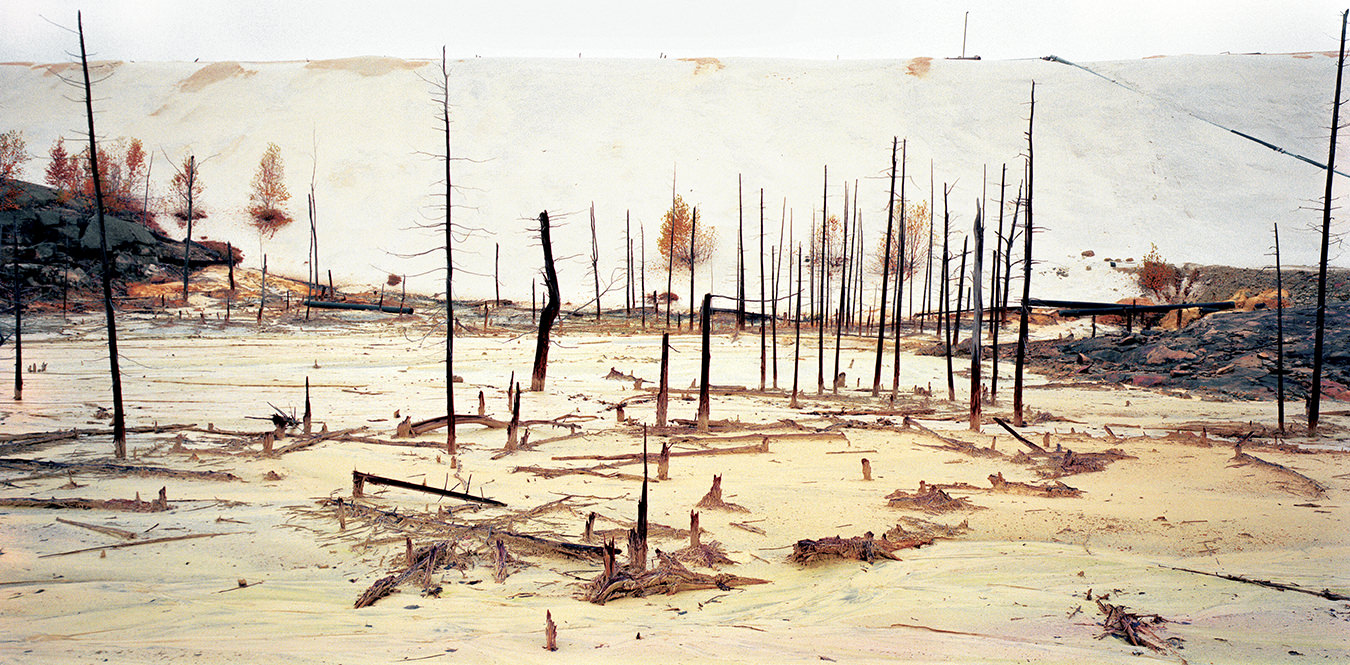
Uranium Tailings #12, Elliot Lake, Ontario, 1995.
Edward Burtynsky
Working to a higher good.

Incredibly gifted and uncompromising, artist Edward Burtynsky celebrates two decades of creating powerful photographs that hit home again and again with his signature, staggering punch. In his enduring global hunt for evidence of industrial scarring of our planet, this 49-year old artist has steadfastly refused to become jingoistic about his profound concern for nature, and our relationship to it. Edward Burtynsky is all strong opinion, there is no doubt about that, but he entrusts his landmark images to deliver the technical knock out.
As deft with his lens as a light-footed boxer, Ed Burtynsky is a world-renowned master photographer. His epic images, at first blush, take your breath away with their fine detail and imposing size. This one could be a sublime Flemish landscape painting from the 17th century golden age, that one a 19th century John Constable British pastoral panorama. But then, you’re caught off guard, and Burtynsky lands his well-placed one-two punch. Sudden comprehension reveals that you’re admiring an immense marble quarry chewing away at the mountainside, and not an idyllic pre-industrial landscape. A sea of undulating auto tires, rising and falling like a surfer’s dream, makes you love it before you hate it. The beauty of Burtynsky’s quiet, panoramic winter scene of a bare forest glade blindsides the viewer into the realization that this is the burnt-out wasteland of uranium tailings. And his beautiful bed of rustic autumn leaves on a forest floor is actually a dense layer of rusting steel bushings that are nothing more than industrial scrap.
Three key elements consistent to Burtynsky’s art underpin his sobering subjects. First is the arresting size of his finished prints: framed, many are wider than the breadth of your outstretched arms. Second, when you stand further back, the infinitesimal detail captured by Burtynsky’s lens raises the question: are you viewing a macro scale image, or microscopic detail? And, finally, Burtynsky’s palette cannily includes notes of cadmium red, cobalt blue and burnt umber reminiscent of historic Winsor & Newton oil paints. Monumental size, captivating detail and painterly elements add up to the certainty of being in the presence of great works of art. Burtynsky in his lifetime has guaranteed that no longer is there a question that photography is art.
Burtynsky is Le Grand Seducteur. A propos of this, Burtynsky claims that he has always been aware that he would never have gotten through round one with his photographs if he had started beating people over the head with abrasive political harangue. “The whole environmental movement of the 1960s failed. The activists were considered quacks and hippies, and naturally no one took them seriously. In the meantime, our society has developed an economic growth model with the fundamental flaw that assumes that there’s an infinite amount of everything. The unraveling of the oil industry is in the works right now. At the rate we’re going, we’ll see the end of oil in our lifetimes. I consider my photographs to be visual entry points into peoples’ consciences that trigger looking and thinking, before people have a chance to turn their backs. For example, Brazilian photographer Sebastiao Salgado recorded the very same shipyard that I photographed, but his work focused on the worker and his plight. I’ve chosen instead to photograph the progress and process, not the individual human story. In this way the story becomes our story, and not only about the poor sucker who has to work deconstructing a ship.”
And Burtynsky has been right on target. With no exaggeration, his work is at the height of a gold-rush style buying frenzy by corporate industrialists, international bankers and lawyers, pharmaceutical research companies and national mining and resource giants alike. On the walls of the high-rise offices of the Phillip Morris Corporation in New York, McMillan Binch and the Royal Bank of Canada in Toronto, the Microsoft Corporation in Redmond, Washington, Teleglobe Canada in Montreal, and several dozen others, you’re likely to spot an imposing Burtynsky photograph.
At the same time, take a stroll through world-class museums like the Guggenheim in New York City, the Canadian Centre for Architecture, the Bibliothèque National, Paris, or the Library of Congress in Washington, D.C. and you’re equally as likely to view Burtynsky’s work in their permanent fine art collections. It’s a technical knockout every time: his sublime images deliver a rush of adrenaline that keeps his audiences and buyers coming back for more: at this writing he has no less than five dealers in North America and Great Britain handling the legendary demand for his work. Unbelievable, but true, buyers are placing orders for Burtynsky’s prints before he’s even decided whether or not to go into production, like futures on the stock exchange.
When Burtynsky first loaded film into his camera in the early 1980s, the artistic climate in Toronto was moving resolutely towards the establishment of ‘artist-run centres’, eschewing mainstream commercial art galleries. It was photographers in particular who were attempting to carve out a space for their images in the halls and walls of museums and galleries, calling their work ‘photo art’. Ed was among the founding members of the Toronto Photographers Workshop, but, paradoxically, he was also busy establishing and managing his own commercial enterprise, Toronto Image Works: a highly successful and respected venture, offering a wide scope of services, from production to education to a burgeoning photographic community.
Ed’s personal studio, conversely, is a very private place where his epic images are vigilantly produced. The large rooms are well lit, quiet and clinically clean. Wearing white gloves, technicians lay out large photographic prints like patients in an operating theatre. His office is behind a huge, industrial strength frosted plate glass door that rolls open on stainless steel rollers. In fact everything about Ed is industrial strength; his photographs, his vision and his determination. It is here that he contemplates and plans his next moves, setting up location scouts in often remote parts of the world where he has tracked yet another potential man-made ecological disaster. Interestingly enough, just outside his office windows are the same historic avenues, streetcar tracks and factory buildings built in the heyday of Canada’s 19th century industrial revolution. Clearly Ed likes working in the vortex, be it at home or in a strange land.
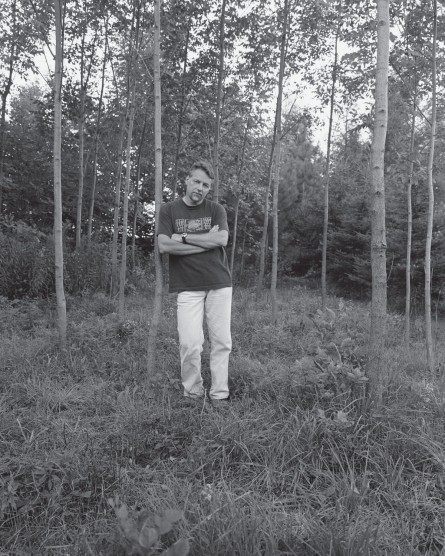
Self-Portrait, Redwing, Ontario, 2004.
From this office Ed talks about his recent accomplishments, honours and his works in progress. He recently accepted the prestigious Roloff Beny Book Award for his publication Before The Flood (2002), featuring his Three Gorges Dam Project, situated on China’s Yangtze River. With a title so biblical in reference, Ed’s images from China are a testament to an apocalyptic undertaking by man that the world had never before witnessed.
“The Three Gorges Dam Project is the largest engineering feat in the world. Two million people are being relocated, making way for a six hundred kilometre long reservoir. All the cities in between are being flattened. Even though it looks bombed out, like Dresden after WWII, the dam project is an extremely intentional transformation of the landscape for new docks and shipping areas,” he explains.
It is no secret China’s breakneck manufacturing escalation has created a huge blip on the global radar screen. North American companies importing goods are causing monumental back-ups on rail lines, bottlenecks at shipping ports and trucking gridlock. Last summer The New York Times Magazine ran a feature story, illustrated by Burtynsky, on China’s manufacturing phenomenon poised to supplant the U.S. as the capitalist engine of the world. The cover photo is Burtynsky’s hot-off-the-press image of a textile mill in Xiaoshan, Zhejiang Province, China, 2004, an arresting portrait of a vast, pristine, state-of-the-art fabric factory. They also ran Burtynsky’s recent shot of Shanghai, “where high-rises can’t rise fast enough,” capturing Shanghai skyscrapers in meteoric growth, surrounded by swooping, snaking expressways, compelling to look at, yet clearly a threat to the environment.
Burtynsky typically searches out the largest scale examples of global ecological incidents. He works with themes, like Metal Recycling, Quarries, Ships and Urban Mines. Burtynsky, who was born in St. Catherines, Ontario, investigated one of his first ‘e-waste’ who-done-its in his own backyard.
“What first brought me to China was actually a discovery in Hamilton. In 1998 a local business was trying to recycle computers and electronics. There were 25 acres of it. I shot a few pictures at the time, then returned about two years later to shoot the whole 25 acres, high from a crane. But it was gone! All of it! It had disappeared! I then discovered it had all gone to China.“We are so far outside of a sustainable model, as a species, we’re doing things way beyond what I believe nature intended. The Chinese need power for their new cities. They’re going from an agrarian society—a couple of light bulbs in their home, maybe an electrical appliance, maybe—to living in highrises with elevators and air conditioners, having to be driven to and from their workplaces, having goods delivered and shipped. Moving from a horizontal to a stacked, vertical, high energy-load existence: 1.3 billion people en masse embracing a lifestyle courtesy of the ideal of super capitalism.”
Burtynsky’s vision has recently shifted to examining the scale of the transformation of our entire planet, not only the surface landscape. Early in 2005 Burtynsky will be shooting in China, investigating the coal industry in the northwest, about four hours west of Beijing.
“Coal is one of the biggest factors undermining China’s health; they’re burning so much coal, it’s terrible. There’s a 35 per cent electricity deficiency for their manufacturing. So now they’re on rotating blackouts along the eastern seaboard, working midnight shifts. There are no reserves of coal; it gets used immediately once it’s mined. They’re building coal-fired electrical plants faster than they’re building the dam, at the rate of 1-megawatt per week. By comparison, here in Ontario, Lakeview is a 2-megawatt station and they’re trying to shut that down. At Nanticoke it’s four, so we produce six megawatts through coal, and that’s the largest polluter in all of Ontario. In China they’re adding one mega-watt a week using coal. So whatever good we’re doing here, they’re undoing over there at a rate that’s deadly frightening. China is building an infrastructure at a rate that’s unprecedented.”
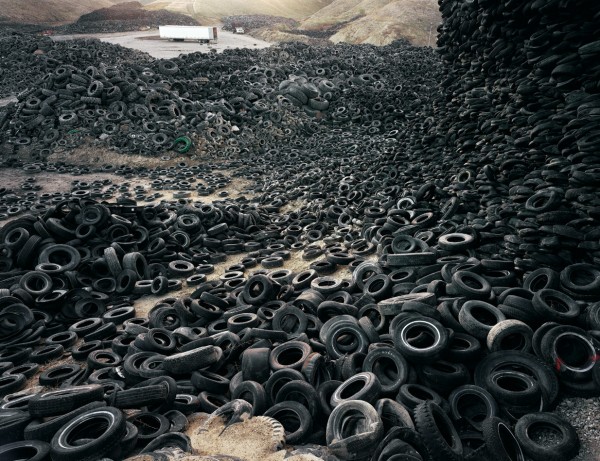
Oxford Tire Pile #1, Westley, California, 1999.
It’s taken about six months to scout and research this shoot, and Ed will easily spend two months shooting. As so horrifyingly depicted in Taylor Hackford’s movie Proof of Life, Ed is like the character of Peter Bowman going into an unstable area of the world, where nothing is guaranteed, including your security.
“I try to travel on a tourist visa, even though they want me on a journalist visa. I shy away from that. I’m not a journalist; I’m going at it as an artist. Also on my radar screen are the oil fields in Venezuela, the mines in northern Chile, and a gold mine in Brazil. They’re always concerned about my intentions and the Canadian Foreign Affairs offices know me very well,” he explained.
Last fall Ed was invited to exhibit at the Sao Paulo, Brazil, 26th Biennale where he showed his Three Gorges Dam works. Artists Ken Lum, Jeff Wall, Janet Cardiff and General Idea have preceded Ed in representing Canada at this major international art venue.
And so it was from south of the equator, in Sao Paulo, in the hot, humid Tropic of Capricorn, that Ed wrote his reflections on his distant forest property in Ontario, “We bought fifteen acres of land featuring a beautiful ravine with a creek and a waterfall, and we left the majority to the forces of nature. One third we have taken on as stewards, planting and tending for the past 20 years. Early on we bought 3,000 trees at 10 cents each: white and red pine, white cedar, Norway pine, black locust, European larch and silver maple. Indigenous species included white ash, birch, and various maple, oak, sunburst locust and elm. Our ravine also has wild cherry, butternut, beech and ironwood, while wild apple runs rampant throughout the property. It is within this world that I draw a reference point to the things we need to focus on to survive. It is in the protection of our commons, our water, our air, and our trees, that we learn the lessons nature has to teach. By destroying them, we will destroy ourselves. It’s that simple. It’s that complex. It’s so hard to fix. It’s where we’re at.”
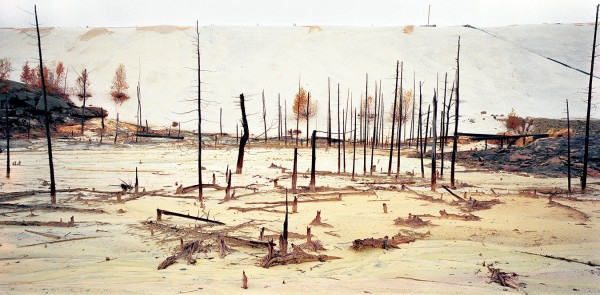
What do a rock superstar, a photographer and an inventor have in common? As NUVO’s winter issue went to press, we learned that Edward Burtynsky is one of the three winners of the inaugural TED Prize 2004, sharing the accolades with medical technologies pioneer Robert Fischell and rockstar and global activist Bono.
TED-for technology, entertainment, design-was founded in 1984 and set the bar as California’s annual ‘brain spa’ conference. TED, acquired by the Sapling Foundation three years ago, comprises several TEDsters who brainstormed the TED Prize, including Tony Hoebler, Director of the Dalai Lama Foundation and Roger Mandle, President of the Rhode Island School of Design. Ted Prize supporters include Jeff Bezos, head of Amazon.com, jazz legend Herbie Hancock and Oscar-winning actor Goldie Hawn.
A propos of Ed’s frustrated lament “it’s so hard to fix”, the timing could never be better: each prize winner has been granted three wishes and $100,000 USD to be spent however they choose to make their dreams come true.
This Aladdin’s lamp is not just smoke and mirrors: it contains a guarantee of numerous powerful corporate genies who have pledged to work to respond to their masters’ commands, including GE, Hewlett Packard, Coca Cola, IDEO and Apple.
Chris Anderson, TED’s forward-thinking, yet disarmingly self-effacing conference curator says, “We wanted to design an award program like no other, different from just writing a cheque. We wanted to nudge the world a little. Ed Burtynsky is an amazing person; his work is simultaneously shocking and beautiful. So when you meet a remarkable person, the best thing you can do is give them what they need.”
</di


